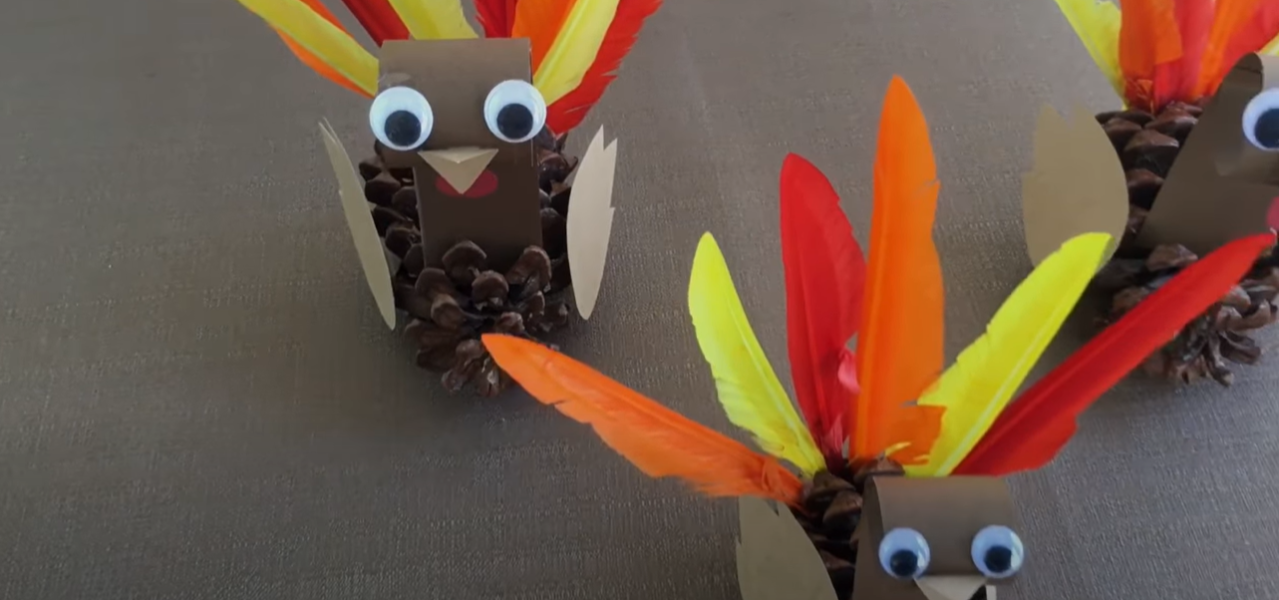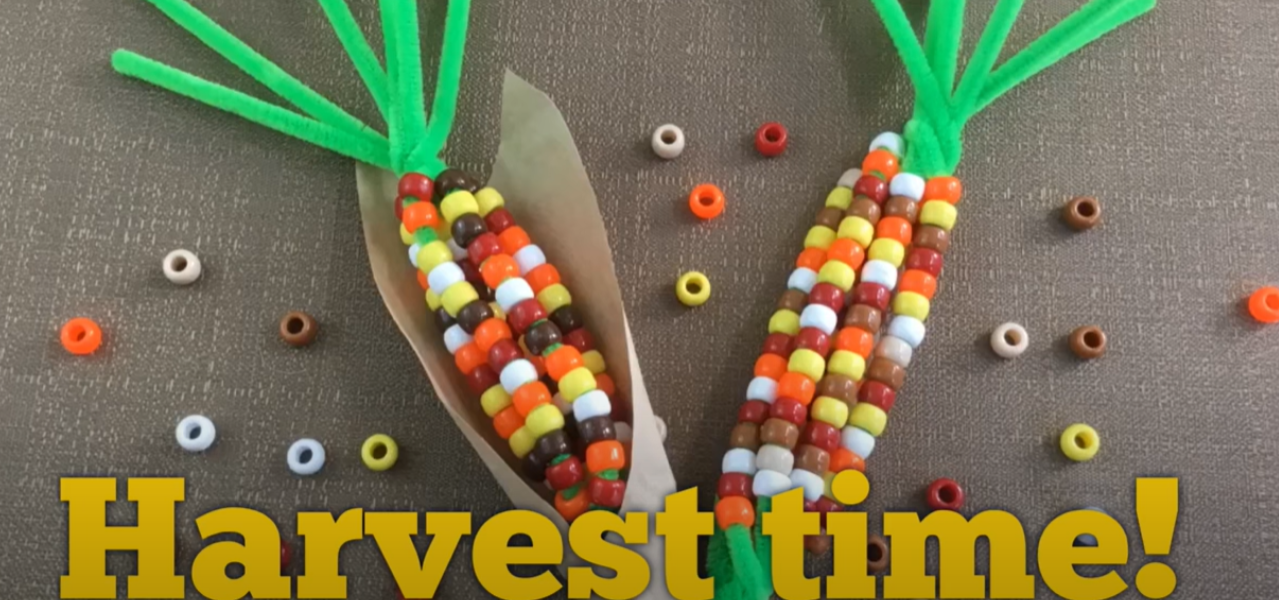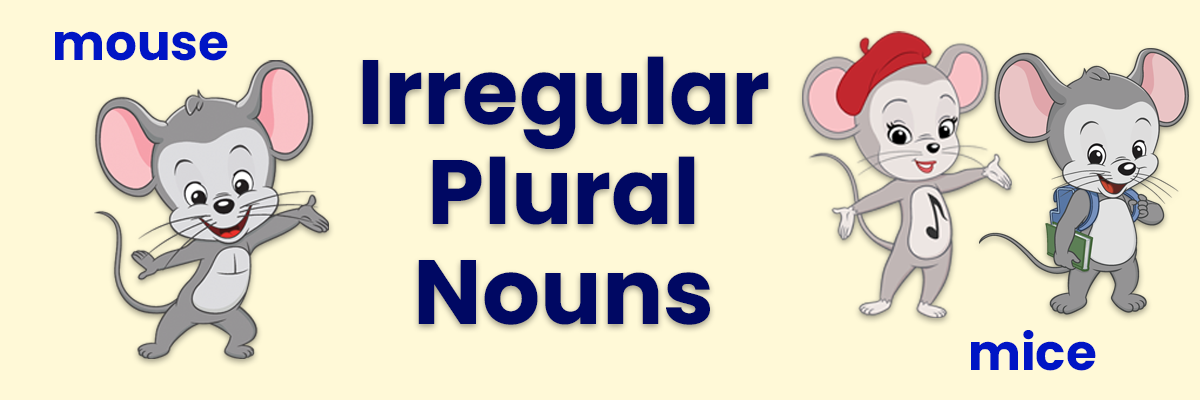
What Are Irregular Plural Nouns? (Examples and FREE Printable Lists)
Take the mystery out of learning irregular plural nouns with simple explanations, examples, and printable lists for kids.
In the English language, forming plurals is usually a simple task—just add an -s or –es to the end of the word, and you’re done! However, some words don’t follow this regular pattern. These words are called irregular plural nouns, and they require a bit more memorization since their plural forms can vary widely. For example, the plural of man is men, not mans, and the plural of mouse is mice, not mouses.
Irregular plural nouns can be tricky, but they’re an important part of the English language. Understanding these unique words helps young learners expand their vocabulary and improve both reading and writing skills.
What Are Plural Nouns?
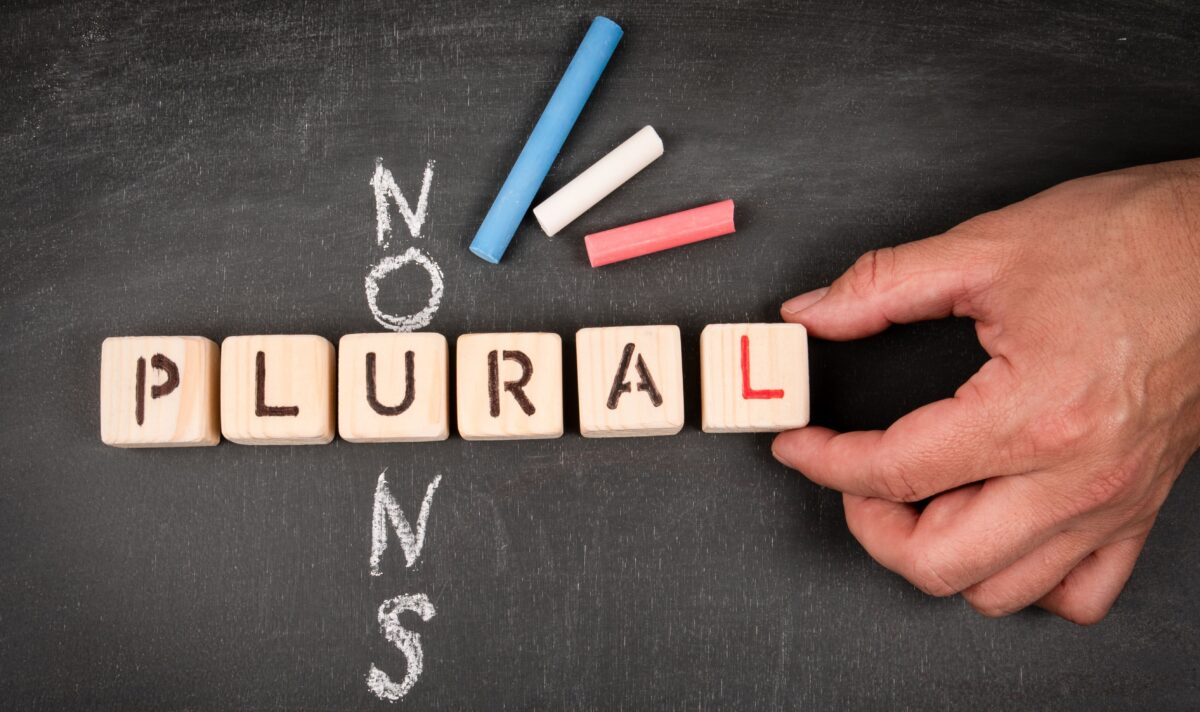
Plural nouns refer to more than one person, place, thing, or idea. The basic rule is that if a word ends in a consonant, you typically add -s. However, if the word ends in -s, -x, -ch, or -sh, you add -es to make the plural, such as bush becoming bushes or church becoming churches. Words that end in -y preceded by a consonant change the y to an i and add -es, like baby becoming babies.
These are called regular plural nouns because they follow consistent rules. However, there are exceptions to these rules, and this is where irregular plural nouns come into play. Unlike regular nouns, irregular plural nouns don’t follow these simple patterns, making them a bit more challenging to learn.
What Are Irregular Plural Nouns?
Irregular plural nouns are nouns that don’t follow the standard rules of pluralization in English. Unlike regular nouns, which typically become plural by adding -s or -es, irregular plural nouns change in a variety of ways.
Some irregular plural nouns change their vowels, like goose becoming geese. Others, like fish and sheep, stay the same whether they’re singular or plural. Some even change in completely unexpected ways, like person becoming people.
These irregularities make pluralizing these nouns more complicated, and the best way to master them is through memorization and practice. There isn’t a one-size-fits-all rule for these nouns, but there are patterns that can help young learners understand and recognize them.
Common Patterns for Irregular Plural Nouns
Although irregular plural nouns don’t follow standard rules, many of them fall into recognizable patterns. By understanding these patterns, young learners can start to make sense of irregular plurals. Here are some of the most common patterns you’ll find in irregular plural nouns:
1. Nouns That Change Vowels
Some irregular plural nouns form their plural by changing the vowels within the word. This vowel shift is a key pattern, and recognizing it can help learners remember these plurals more easily. Examples include:
Examples:
- Foot → Feet
- Goose → Geese
- Man → Men
- Tooth → Teeth
- Woman → Women
2. Nouns That Add -ves
Another common pattern involves nouns that end in -f or -fe. In many cases, these nouns form their plural by changing the f or fe to -ves. This spelling change makes the plural form easier to pronounce. Examples include:
Examples:
- Calf → Calves
- Knife → Knives
- Leaf → Leaves
- Wolf → Wolves
However, there are some exceptions where the word doesn’t change, such as roof becoming roofs.
3. Nouns That Stay the Same
Some irregular plural nouns don’t change at all when they become plural. These nouns look the same whether they’re singular or plural. This pattern is especially common with certain animals and objects. Examples include:
Examples:
- Deer → Deer
- Fish → Fish
- Series → Series
- Sheep → Sheep
- Species → Species
- Swine → Swine
4. Nouns That Add -en or -ren
A smaller group of irregular plural nouns form their plural by adding the suffix -en or -ren. These words are unique and don’t follow any of the other typical pluralization rules. Examples include:
Examples:
- Child → Children
- Ox → Oxen
5. Nouns from Latin or Greek
Some irregular plural nouns come from Latin or Greek and follow the pluralization rules of those languages. These words are often used in scientific, academic, or formal contexts. Examples include:
Examples:
- Bacterium → Bacteria
- Cactus → Cacti
- Criterion → Criteria
- Fungus → Fungi
- Nucleus → Nuclei
Many of these words also have anglicized plural forms (like curriculums instead of curricula), which are more commonly used in everyday speech.
Common Irregular Plural Nouns for Kids to Learn
Irregular plural nouns can be tricky, but some are easier for kids to learn because they come up often in daily life. Here’s a list of more common irregular plural nouns that kids will encounter.
- child → children
- deer → deer (no change)
- fish → fish (no change)
- foot → feet
- goose → geese
- half → halves
- hoof → hooves
- knife → knives
- leaf → leaves
- life → lives
- loaf → loaves
- man → men
- moose → moose (no change)
- mouse → mice
- octopus → octopi
- ox → oxen
- person → people
- scarf → scarves
- sheep → sheep (no change)
- thief → thieves
- tooth → teeth
- wife → wives
- wolf → wolves
- woman → women
More Irregular Plural Nouns
This more comprehensive list highlights a wider range of irregular plurals to expand vocabulary and deepen understanding of these unique nouns. Many of these words may be unfamiliar to your child but reading through them can help illustrate the patterns (or lack thereof) that can exist with plural nouns.
- aircraft → aircraft (no change)
- alumnus → alumni
- analysis → analyses
- antenna → antennae
- apex → apices
- appendix → appendices
- axis → axes
- bacillus → bacilli
- bacterium → bacteria
- barracks → barracks (no change)
- basis → bases
- bison → bison (no change)
- cactus → cacti
- calf → calves
- codex → codices
- crisis → crises
- criterion → criteria
- curriculum → curricula
- diagnosis → diagnoses
- datum → data
- daughter-in-law → daughters-in-law
- die → dice
- dwarf → dwarves
- eaves → eaves (no change)
- elf → elves
- ellipsis → ellipses
- emphasis → emphases
- fungus → fungi
- grouse → grouse (no change)
- hippopotamus → hippopotami or hippopotamuses
- hypothesis → hypotheses
- index → indices or indexes
- isthmus → isthmi or isthmuses
- jury → juries
- louse → lice
- matrix → matrices
- medium → media
- memorandum → memoranda
- millennium → millennia
- mother-in-law → mothers-in-law
- nebula → nebulae
- nucleus → nuclei
- octopus → octopi or octopuses
- parenthesis → parentheses
- phenomenon → phenomena
- radius → radii
- self → selves
- series → series (no change)
- shrimp → shrimp (no change)
- species → species (no change)
- stimulus → stimuli
- syllabus → syllabi
- synopsis → synopses
- thesis → theses
- trout → trout (no change)
- tuna → tuna (no change)
- vertebra → vertebrae
- vertex → vertices
Tips for Teaching and Learning Irregular Plural Nouns
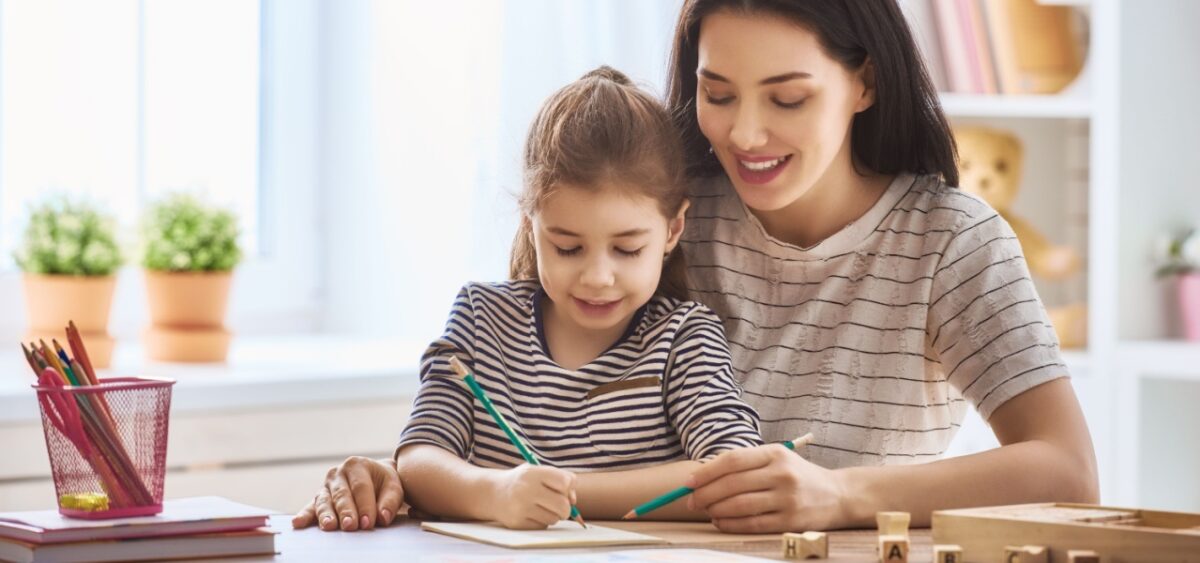
Irregular plural nouns can be challenging, and using fun and engaging activities can make the learning process more enjoyable for children. Here are some tips and ideas to help make learning irregular plurals more effective:
Matching Games
Create a matching game where children pair singular nouns with their irregular plural forms. For example, they can match mouse with mice or foot with feet. This helps reinforce the correct pluralization while making learning more.
Interactive Worksheets
Worksheets that include fill-in-the-blank or multiple-choice questions provide some variety to studying irregular plurals. Our collection of free noun worksheets offers several different approaches to support learning about nouns, including irregular plural nouns.
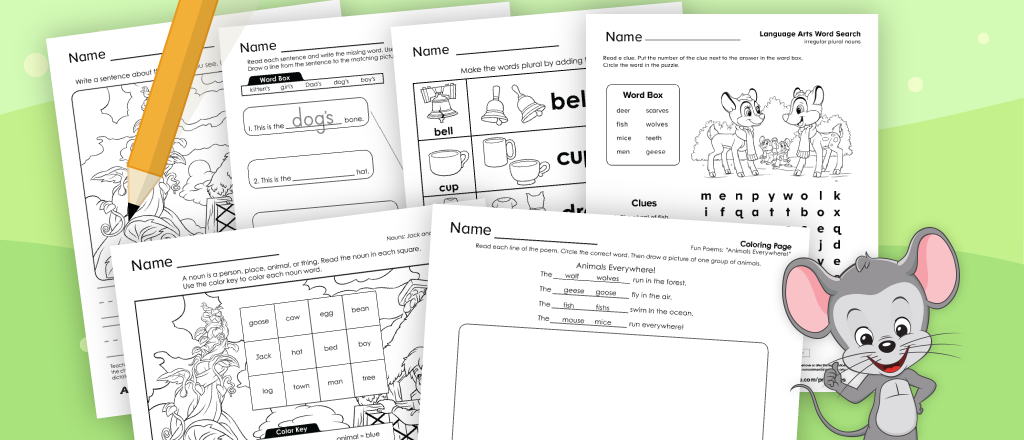
Story Writing
Encourage children to write short stories using irregular plural nouns. They can create silly or imaginative stories that include words like children, feet, geese, moose, teeth, and other words from the list above. This activity helps reinforce the usage of these nouns in context.
#1 Downloaded Kids’ Education App in the U.S.
The ABCmouse app has so much to offer! You and your child will find 10,000+ games and activities designed by curriculum experts to nurture math and reading skills, along with an extensive digital library and so much more. Our research-back curriculum focuses on preschoolers through second graders.
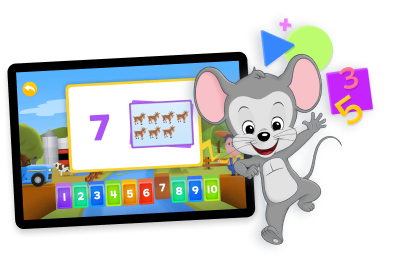
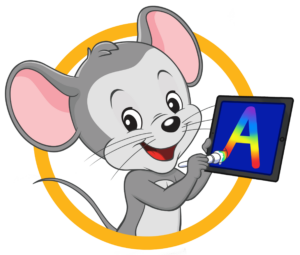
Then just $14.99 a month until canceled
-
Thanksgiving Craft for Kids: Pine Cone Turkey
Indulge in the festive spirit of Thanksgiving with this delightful Pine Cone Turkey craft for kids. This activity not only sparks creativity but also aids in…
-
Easy Thanksgiving Craft for Kids: Bead Corn Craft
Enjoy this fun festive thanksgiving craft from ABCmouse! This exciting activity for kids is great for helping young children practice their dexterity and counting. This beaded…

